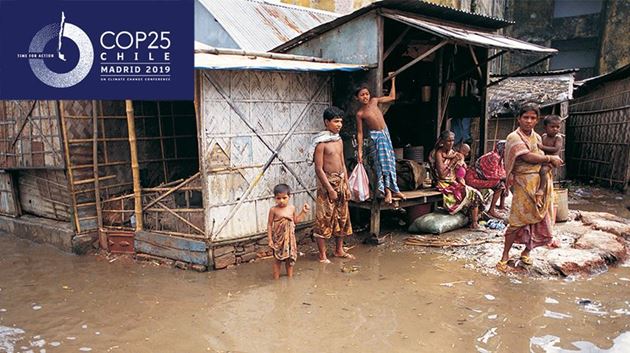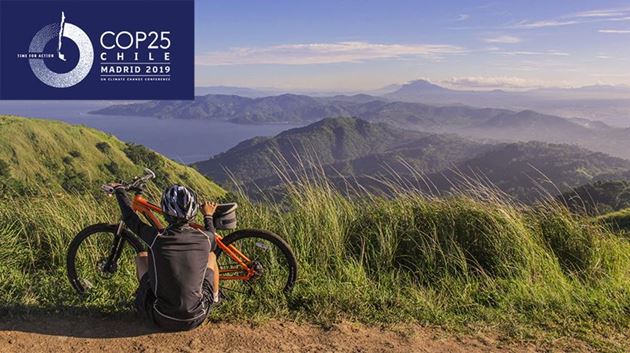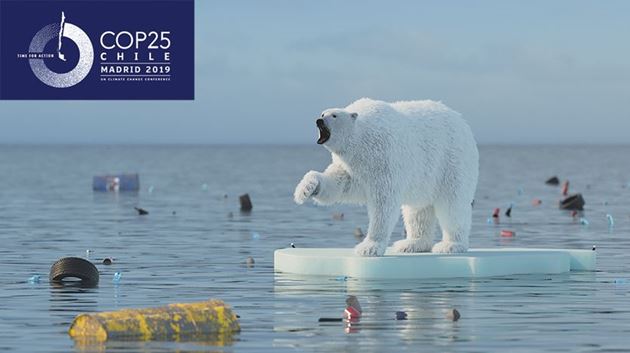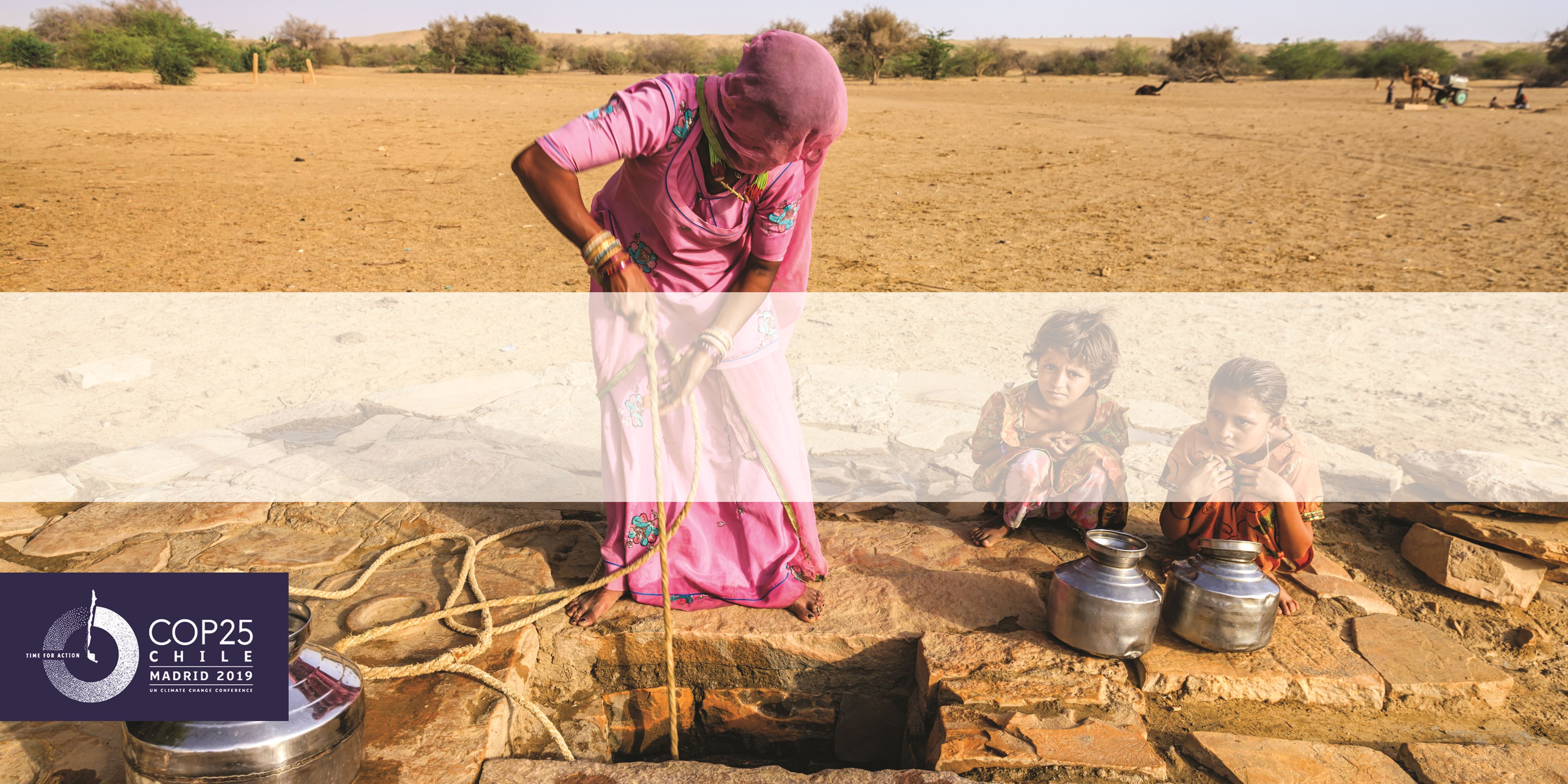
The gender perspective, the great gap in the fight against climate change
COP25
Madrid / 10 December 2019
Decision-making from the perspective of both genders in the fight against climate change is the great forgotten in the battle the world is playing with its future. This was highlighted by acting Spanish Prime Minister Pedro Sánchez in his opening speech at the COP25, where he lamented that "women and the environment have been forgotten realities for too long."
Women and girls are the main victims of climate change in social, economic, health and safety matters. The World Health Organization (WHO) estimates that climate change will cause 250,000 deaths a year due to malaria, diarrhea, heat stroke and malnutrition between 2030 and 2050, with women and children being the most vulnerable. The key to reversing this situation is to develop policies and programs that take gender into account as a social factor. In its report Gender, Climate Change and Health, the WHO reflects that the vulnerability of men and women to extreme weather events is determined not only by biology, but also by differences in their social functions and responsibilities.
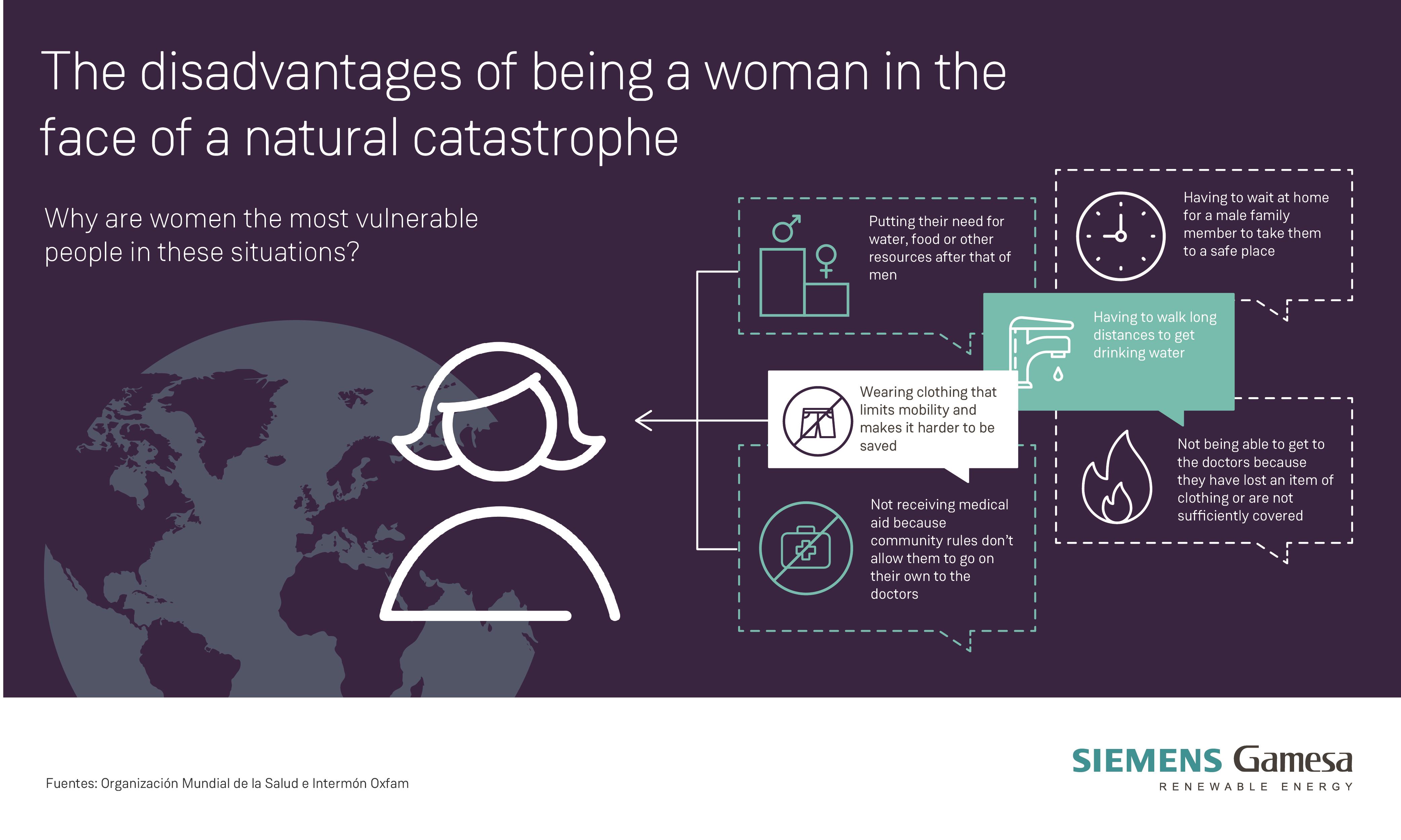
Additionally, due to social gender roles, women are less likely to have access to education, since their work consists of looking after the house and children. This low level of education means that women and girls cannot access a health information system, do not have access to the labor market and, therefore, are more exposed to more health risks related to pregnancy and childbirth, and have less control over their personal lives. The WHO report on Gender, Climate Change and Health states that this means they have less time to contribute to community-level decision-making processes, including on climate change and disaster risk reduction.
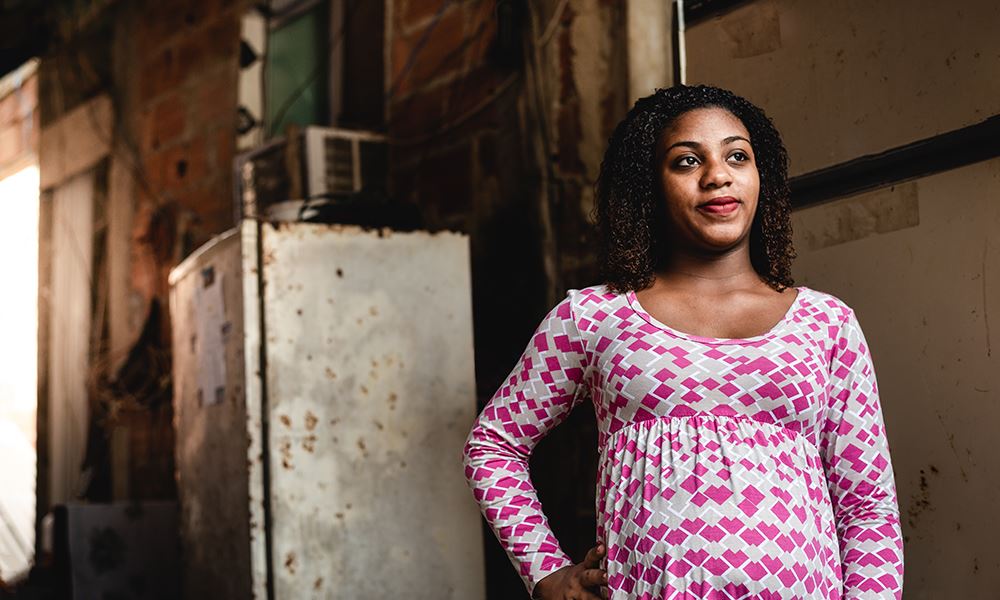
Women not only suffer these inequalities in rural settings. The WHO report maintains that there are more and more single-parent families of women in urban areas due to migration, conflict, divorce or unemployment. This forces increasing numbers of women into living in marginalized urban or semi-urban areas that are often made up of dwellings situated on ground with particular environmental risks, such as hillsides and low-lying plots.
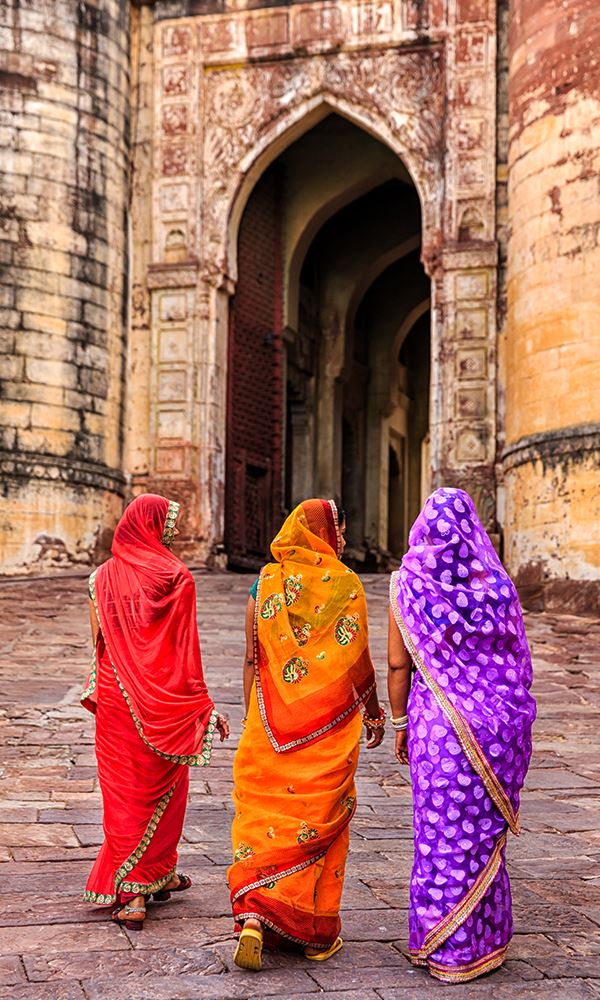
Displacement and sexual violence
Climate change is also leading to migration and temporary displacement. Drought in rural areas that cause the reduction of agricultural capacity or floods in tropical areas force people to look for another place to live. According to the World Disasters Report, it is generally recognized that women and girls are at greater risk of being victims of sexual violence, sexual exploitation, ill-treatment, trafficking and domestic violence during these periods. Due to this situation, they often avoid using shelters and find themselves in highly vulnerable situations. A report by Bartlett in 2008 states that after a disaster, many teenagers report high levels of sexual harassment and abuse, and complain about lack of privacy in emergency shelters.
Women as agents of change
The United Nations Framework Convention states that before proposing new climate change adaptation or mitigation initiatives, health benefits and environmental and economic factors must be assessed. Article 4f also highlights the importance of social aspects, including gender equality. It must be remembered that the correct application of this Convention will promote the sustainable development agenda.
At present a gender perspective is gaining more importance in legislation, mitigation and resilience of the climate change emergency. Integrating women into decision-making will make them better understand their social role today and will provide solutions that help reduce inequality.
These measures for the inclusion of women do not only refer to underdeveloped or developing countries. Data from the United Nations Development Program (UNDP) indicate that 150 of the 194 countries in the world have at least one law that legally discriminates against women. Therefore, it is not a specific problem in certain countries, it is a global situation that affects each country to a greater or lesser extent but needs an immediate solution.
In short, it is necessary and essential that women be involved in the entire process of deciding measures to mitigate climate change. Women from all over the world hope that COP25 will be a giant step for the inclusion of the gender perspective in this global problem, which will be able to define sustainable strategies that also serve to end inequality between men and women.

